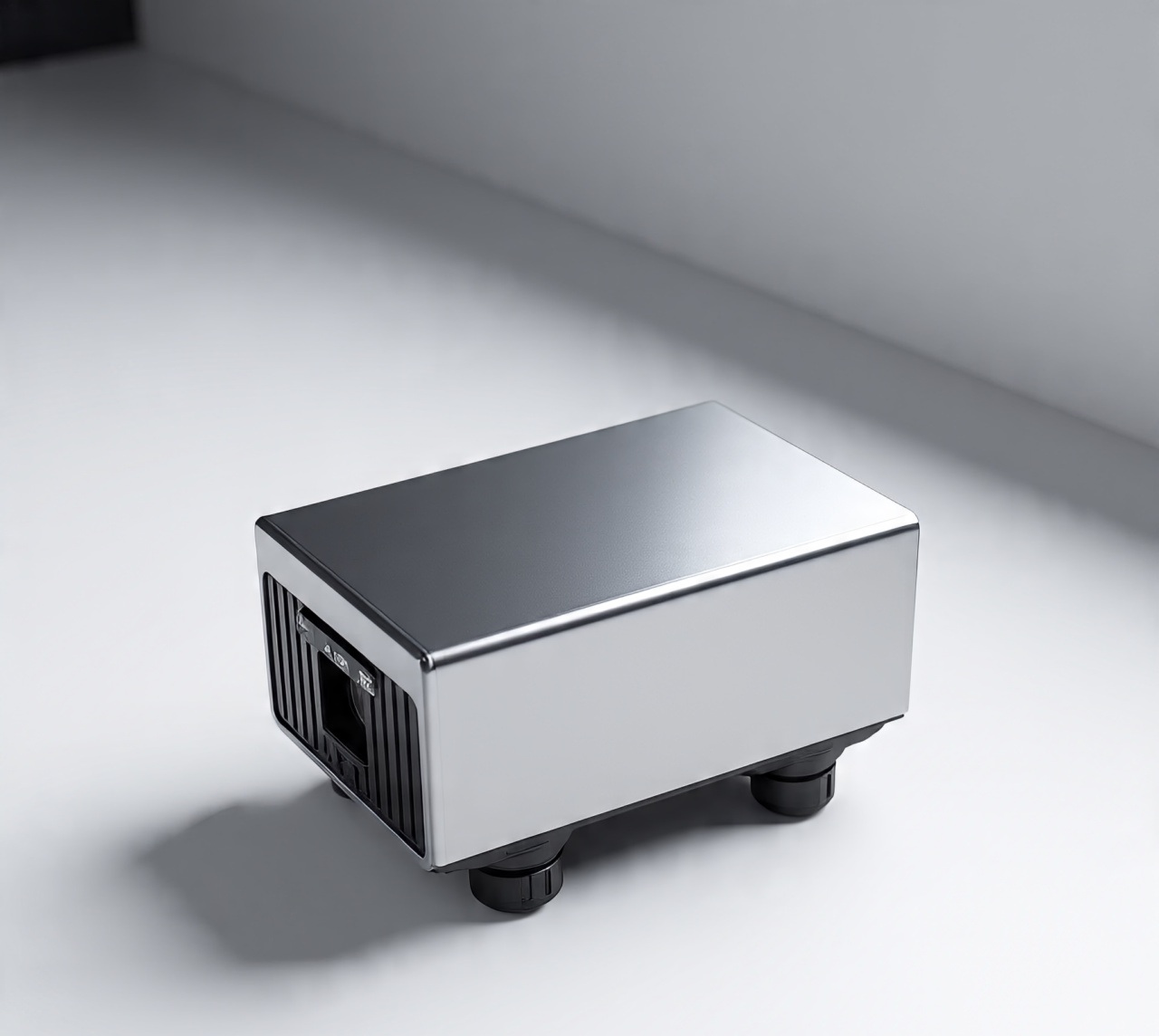How to Use Solar Micro Inverters in the Philippines?

In the Philippines, using microinverters can help reduce your electricity bills during the daytime. We emphasize “daytime” because grid-tie inverters work only when their solar panels receive sunlight.
The direct current (DC) generated by the solar panels is converted by the microinverter into alternating current (AC), which is then fed into your home’s electrical system.
By connecting a grid-tie microinverter—either by plugging it into a power outlet or wiring it directly to your distribution panel—your appliances will use the solar-generated electricity first. If the power from the microinverter isn’t enough, only then will your appliances draw additional power from your electricity provider.
This setup helps reduce your reliance on utility-supplied electricity during sunny hours, leading to lower energy costs.
Before installing your microinverters, it’s important to calculate your average daytime electricity consumption. Knowing your daytime usage helps you determine the appropriate number of solar panels, select the correct wire sizes, and choose the right MCB (miniature circuit breaker) ratings for safety.
It also helps you pick a grid-tie inverter that not only meets your current needs but also leaves room for future system upgrades.
Example 2KWH Micro Inverter
For example, if you plan to use a 2 kW micro grid-tie inverter, it can theoretically handle up to 2,000 watts of power during peak sunlight.
Given that the Philippines averages about 4.5 peak sun hours per day, this setup could produce roughly 9 kWh daily under ideal conditions. However, real-world factors like shading, panel orientation, and inverter efficiency often reduce actual output to around 60–70% of the theoretical maximum—about 5–6 kWh per day.
To maximize savings, it’s helpful to monitor and control your daytime electricity use so your appliances and equipment don’t exceed what your solar system can reliably generate.
Wire Sizing (Prevent Overload)
Let’s look at how to size the wires between your solar panels and your micro grid-tie inverter. To calculate the current, you can use the formula P = V × I, where P is power in watts, V is voltage, and I is current in amperes.
For example, if you have solar panels connected in series with a combined output voltage of 220 volts and a total system capacity of 2 kW (2000 watts), the expected current would be about 9.09 amperes (2000 ÷ 220). Given this current, you can safely use #10 THHN wire, which can handle the load comfortably.
When sizing the wire between your micro grid-tie inverter and your distribution utility (DU) panel, you can use the same method as described earlier. The only difference is that you’ll base your calculation on your actual daytime power usage instead of the solar panel output.
For example, if your daytime usage averages around 1 KWH (1000 watts) and your system voltage is 220 volts, the current would be about 4.55 amperes (1000 ÷ 220). You can then select a wire size that safely handles this current, following local electrical codes and recommended safety margins.
It’s also important to remember that all wires inside your building that will carry power from your solar setup should be properly rated to handle the expected load.
Consulting a licensed electrician or referring to the local electrical code ensures both safety and compliance.
Pro Tip:
If you want to upgrade your solar system in the future you can use larger wires for future upgrades and high capacity.
Reliable Grid Tie Micro Inverters
For practical reasons, we do not recommend using small micro grid-tie inverters such as 300W, 500W, or those below 1KW (1000W).
These lower-capacity inverters leave little room for future upgrades. Once you have installed your initial solar setup, you might decide to add more solar panels later. If you started with a small inverter, you would then need to buy a larger one, leading to additional costs.
Instead, we recommend choosing inverters with a capacity of 1KW or higher from the start.
This way, you can install the minimum number of solar panels initially and easily expand your system in the future without replacing your inverter.
Net Limiters
One common drawback of micro grid-tie inverters is that they can feed excess electricity back into the distribution utility (DU).
In the Philippines, if you haven’t applied for your DU’s net metering program, you could end up being charged extra if your inverter produces more power than you consume. This is a frequent mistake among DIY solar installations.
To avoid this, it’s recommended to use micro inverters with a built-in limiter.
The limiter automatically adjusts the inverter’s output to match your home’s actual electricity consumption, preventing unwanted export to the grid.